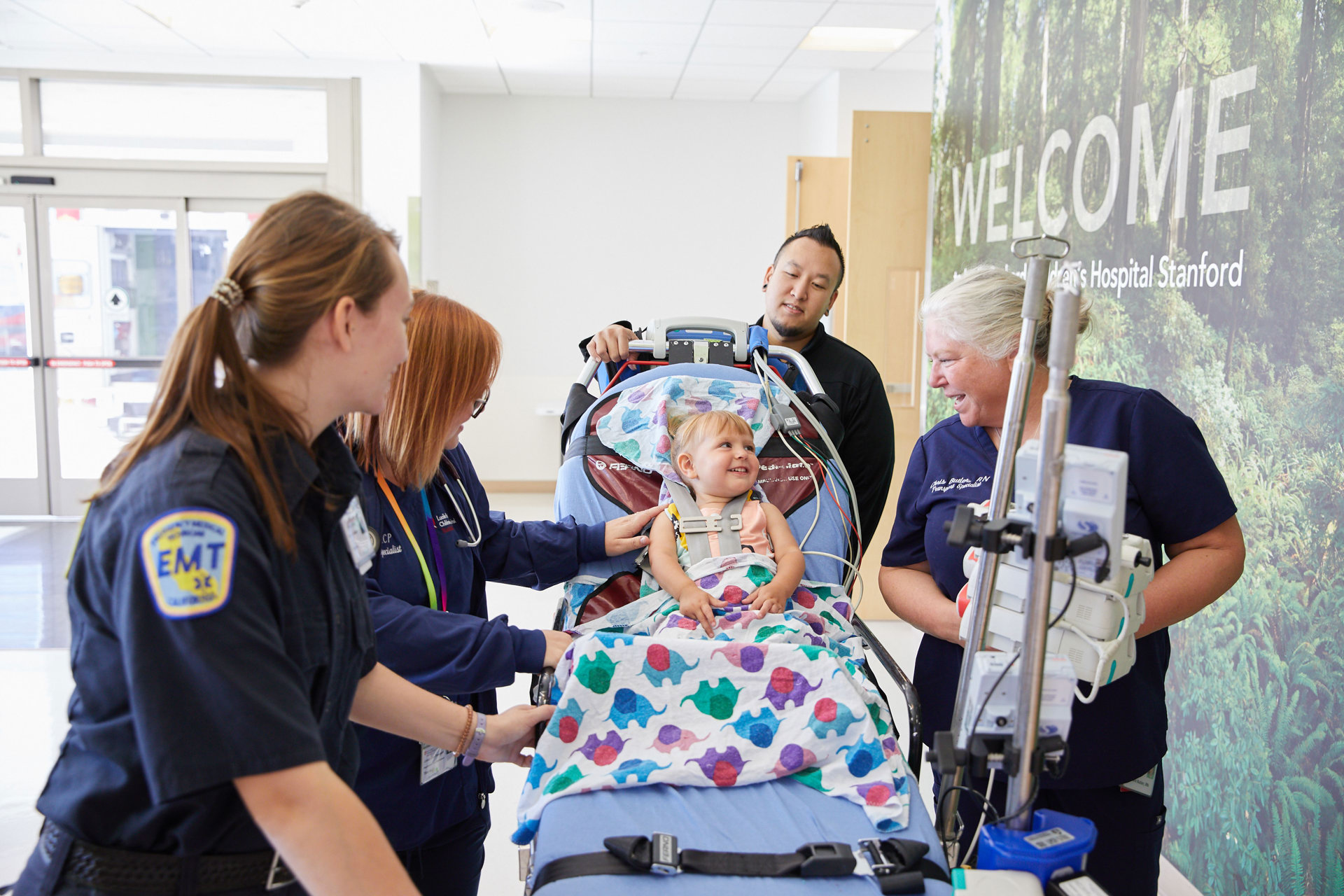In Northern California, the same day never happens twice for Lucile Packard Children’s Hospital Surgeon-in-Chief and Medical Director Karthik Balakrishnan, MD, MPH, FACS, FAAP, and Trauma Medical Director Stephanie Chao, MD, FACS, FAAP. They and their teams at Stanford are uniquely qualified to care for not only the injured patient, but their caregivers as well.
An ACS Surgical Quality Partner as both a Level I Children’s Surgery Verified (CSV) center and a Level I Pediatric Verified Trauma Center, Lucile Packard’s sole focus is delivering optimal care for pediatric patients. For these care teams, the value of an ACS verification is absolute.
Though the Level I CSV and Level I pediatric trauma programs serve different purposes on a technical level, nothing in surgical departments exists in isolation. Stanford’s focus on a multidisciplinary approach greatly benefits patients and their families. It “allows us to standardize and optimize care for both healthy, straightforward patients as well as some of our most complex patients,” Dr. Balakrishnan says. This optimization of care contributes to shorter hospital stays, and most importantly, lower costs for families.
Stories personify Lucile Packard’s success–whether it’s each team committing to achieving quality care and meeting the stringent guidelines of ACS verification or nursing patients back to full health. Stanford’s collaborative, multidisciplinary approach only further enhances their already robust quality programs.
Through this spirit of collaboration, patients win. Not long ago, a teenager was airlifted to Stanford with life-threatening injuries after an RV accident on the California coast. Dr. Chao’s team brought her to surgery for an operation that would prove to be lifesaving. Little by little, with the involvement of surgeons and staff across many departments, her neurological status improved, she no longer required life support and began talking again. Fourteen operations, 20 days in the PICU, and 95 days after she arrived at Stanford, she walked out of the hospital.
Dr. Balakrishnan stresses it’s important to plan for the unexpected. Though it’s no parent’s wish for their child to need a hospital, these 3 steps can save both parent and child valuable time should the need arise:
- Have a good understanding of your child’s medical history and keep records.
- Have a collaborative relationship with their primary care provider.
- Know where their nearby emergency department and closest children’s hospital are.
In the event your child needs medical care, an ACS-verified center is prepared and trained to deliver high-quality care. Nothing is too big or too small. Dr. Chao sums it up by reminding us that an ACS verified hospital means “your child will be cared for by specialized teams of pediatric doctors, nurses, and hospital staff trained to care for injured children—from those with minor playground injuries to those with the most critical or life-threatening.”

